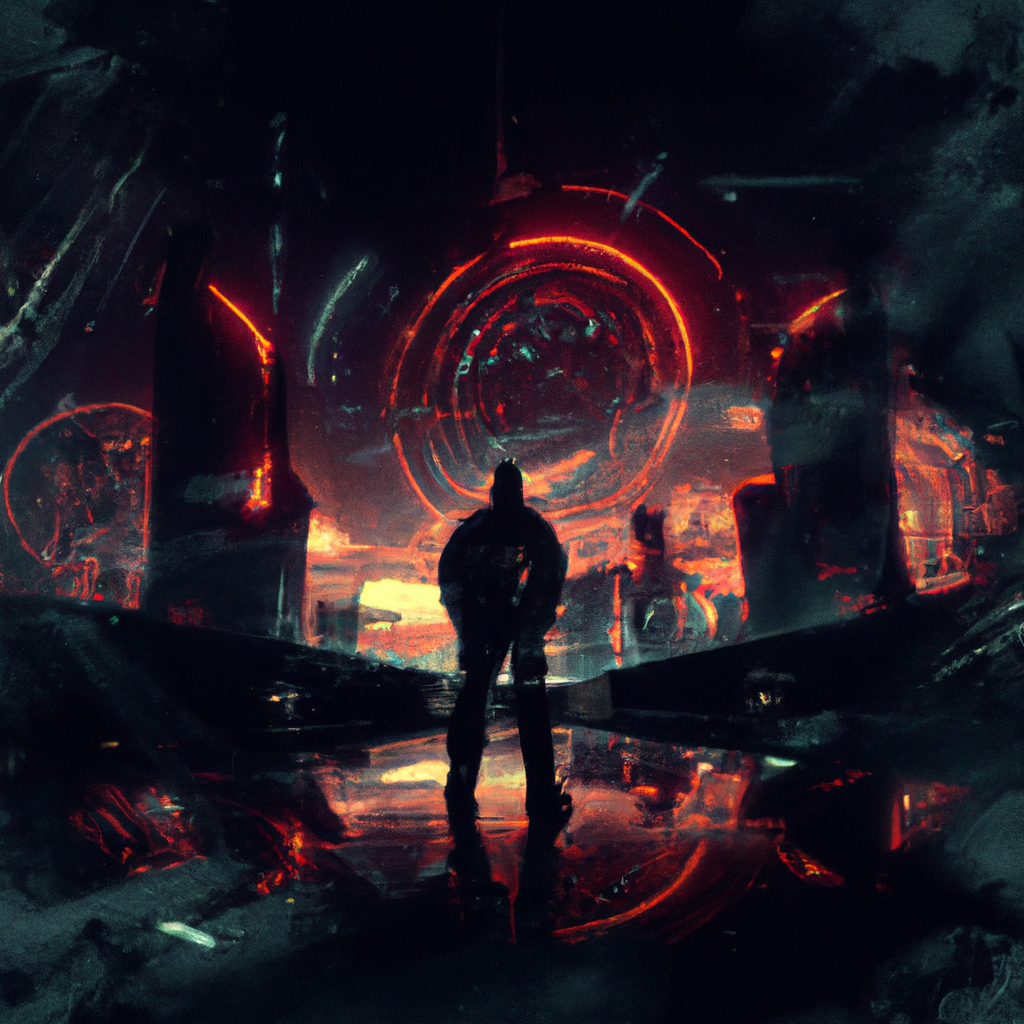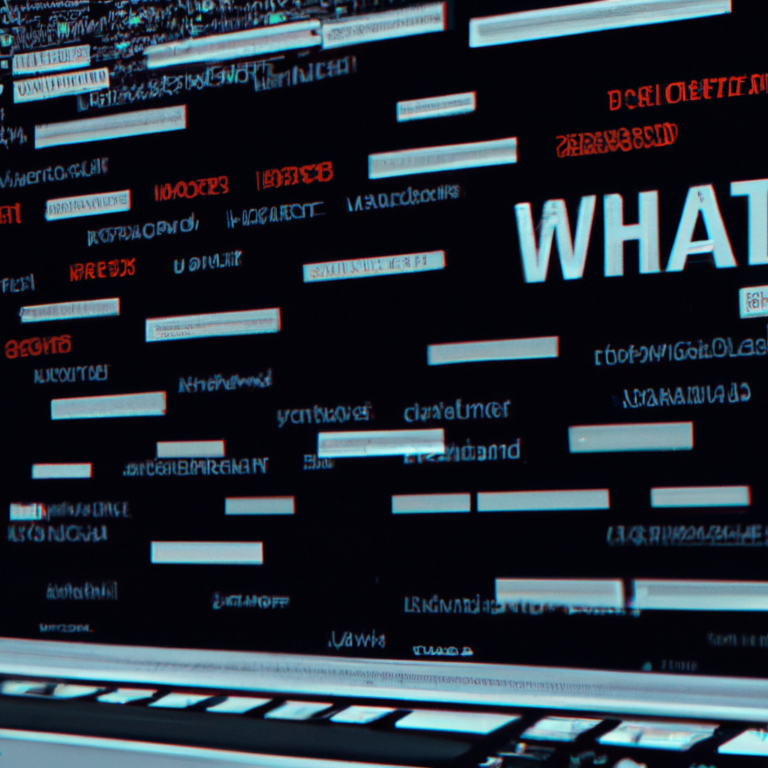Decoding the AI Conundrum: Distinguishing Between AI-Generated and AI-Assisted Content
The advent of AI and its integration into the creative world has sparked widespread controversy regarding its role in the creation of intellectual property. The crux of this debate is the distinction between AI-generated content and AI-assisted content: a distinction that remains blurred due to modern AI technologies such as Semantic Compression. This essay seeks to scrutinize this distinction, its implications, and its significance in the context of existing copyright laws and regulations.
Semantic compression, by definition, is the process of condensing a source of text into a contracted format while retaining its core meaning. This condensed form can then be expanded or “decompressed” by another instance of AI, such as GPT. The question here is: does this decompressed text, though its source was entirely human, constitute AI-generated content?
Consider a scenario where a human user, instead of an AI, writes the compressed form and then engages an AI to decompress it. If this decompressed content is considered AI-generated, it implies that the human dominion over the creative process is marginalized. Is this justified? The compressed text, in this scenario, is 100% human-generated, and the AI merely provides assistance in expanding it.
Furthermore, this ambiguity becomes particularly significant in relation to recent copyright laws. Legislation has dictated that AI-generated content is not eligible for copyright protection and cannot be published in book form across various platforms. Amazon’s Kindle Direct Publishing (KDP), for instance, authorizes “AI-assisted” content but dismisses purely AI-generated content.
Consequently, the blurred lines between AI-generated and AI-assisted content can have a profound impact on authors who employ AI to expand their written “seed” text into full book pages. Is this process an instance of AI assistance, or does it represent AI generation? The current framework seems incapable of providing a definitive answer.
The underlying assumption is that AI-generated content is created with minimal human intervention. Ideally, it would be a book page generated by an AI upon a simple prompt like “Write me a book page.” However, if an author provides a detailed, multi-paragraph prompt outlining character nuances, plot direction, and scene detailing, does the resulting AI output constitute “decompression” of human-written text? Is it fair to label this as merely AI-assisted content?
The crux of this argument, therefore, is not about semantic compression per se but the broader, more profound question it poses: What truly distinguishes AI-generated content from AI-assisted content? As AI technologies continue to evolve and become more sophisticated, legislations and regulations must also adapt accordingly.
There’s a need for a deeper, more nuanced understanding of the AI-human interaction in creative processes. The AI’s role is not merely binary – generated or assisted. Instead, it exists on a spectrum where human creativity and AI capabilities intersect. Therefore, we must strive towards a legal and ethical framework that recognizes this complex interplay and provides adequate protection and rights for human creators while ensuring fair use of AI technologies.





